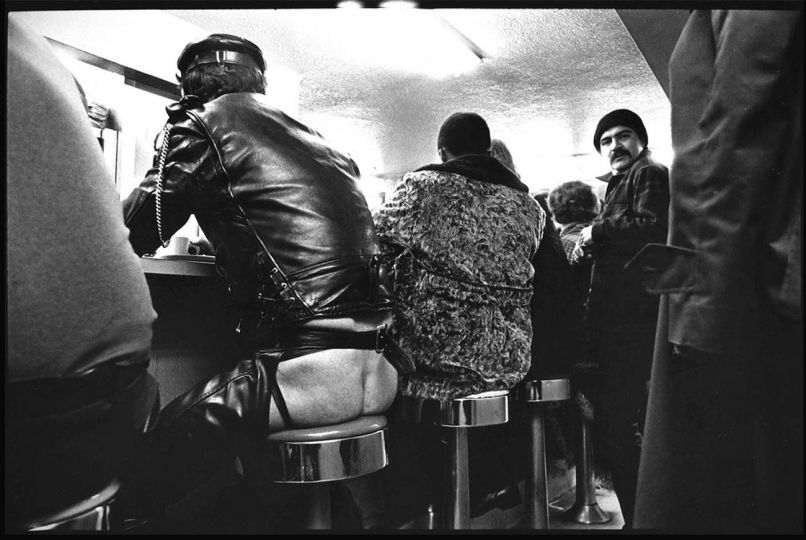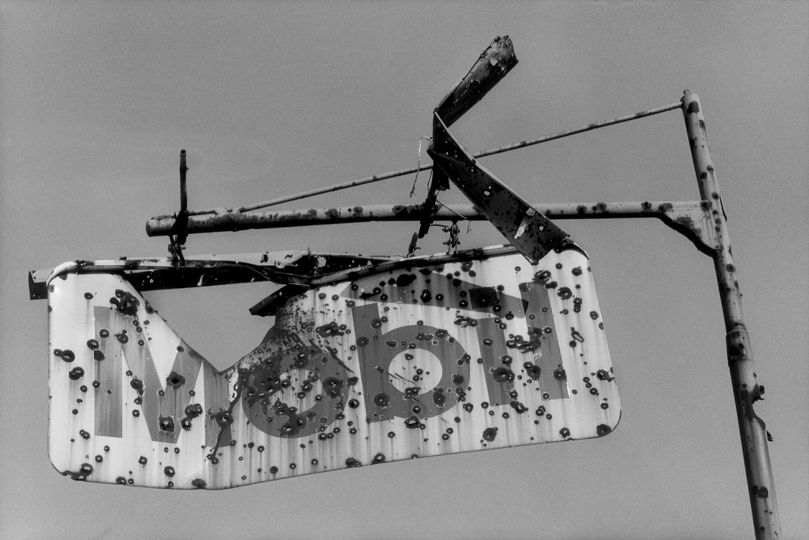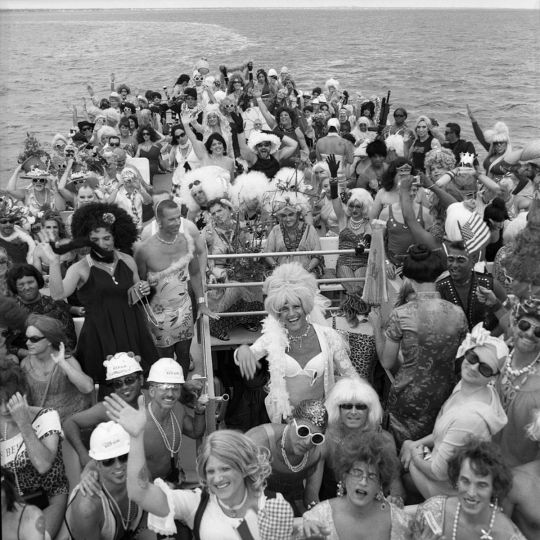Questions for Natalie Zelt co-curator of the exhibition War/Photography: Images of Armed Conflict and Its Aftermath.
With the invention of the digital in the 1990s and its widespread use by the beginning of the 21st century, photographers could, edit, select and transmit what they wanted editors to see. Before this time, when they used film, it was processed and edited by editors at their publications. Can you talk about how big a change that was when photographers took control of what editors saw?
As I mention in “Seeing Eye to Eye” essay, there have always been a number of filters between the scene as captured by photographers and the scene as received. Those filters exist in multiple realms, from the technological capacity of the camera and printing, to the demands of the publications at the time, the economics of making images of conflict and the general socio-cultural ideologies of the period.
The Internet has allowed publications to put as many photographs as they want online for a photo essay. In print, a magazine could only devote a few precious pages to the photo easy. But at the same time, payments for photographers have not followed into the Internet world. What do you think about this shift?
It’s a new world. I am interested in the ways photographers are adapting to current conditions, economically and aesthetically. How do those adaptation change the language of photojournalism, if at all?
What do you think about Ashley Gilbertson using his blog to get the story out and go directly to the victim’s families and how Kathy Ryan of the NY Times noticed the story. How important are photographer’s blogs today?
I mentioned it in my essay, “Seeing Eye to Eye.” Photographers’ blogs/websites are really important, especially in terms a access. They are a powerful and significant way for the public to become familiar with their work.
Camera phones now take fairly high quality, sharp images but why do you think photographers like Ben Lowry, for example, in TIME magazine, process the images with Instagram and turn them into images that resemble plastic cameras like the Diana/Holga. They seem to be returning to the soft-focus romantic, painterly images of the early years of photography?
IPhone’s and filtering programs like Instagram have created a new visual language for the public in general. They are of interest to me because of the ways they mimic film. They lend a strange level of visual nostalgia for past technologies that many viewers never experienced in real life.
Robert Stevens
War Photography: Images of Armed Conflict and Its Aftermath
From November 11th, 2012 to February 3rd, 2013
Museum of Fine Arts, Houston
1001 Bissonnet Street
Houston, TX 77005,
USA
T : (713) 639-7300
















